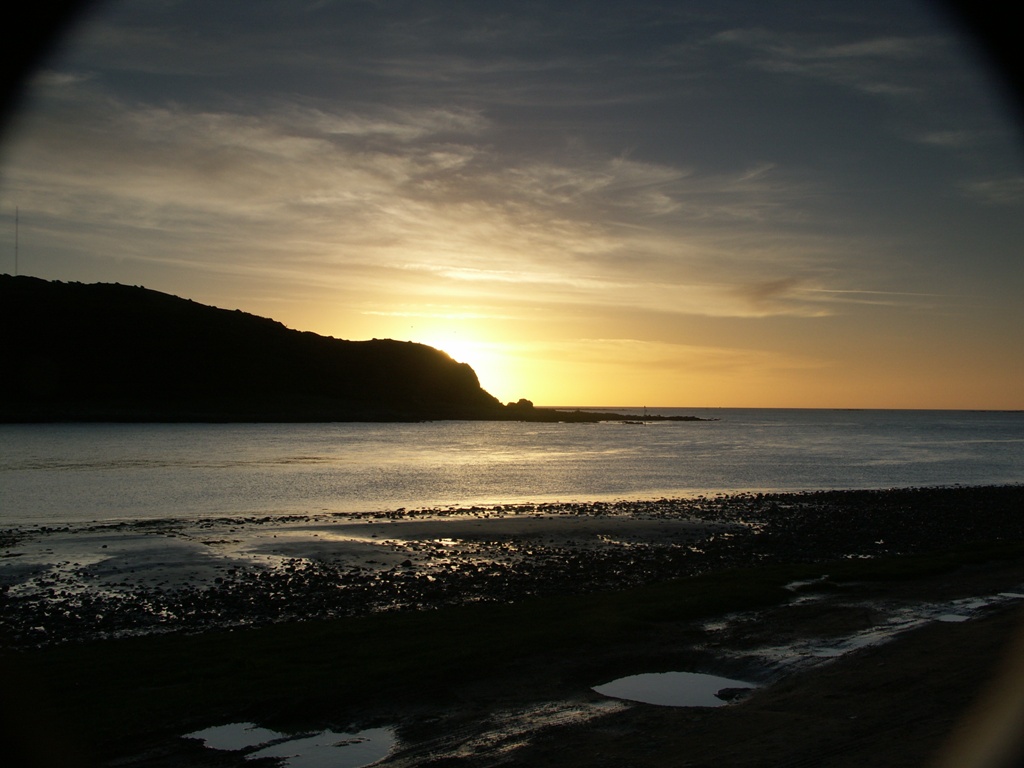
Ngāti Toa
Ngāti Toa, Ngāti Toarangatira or Ngāti Toa Rangatira, is a Māori iwi (tribe) based in the southern North Island and in the northern South Island of New Zealand.[1] Its rohe (tribal area) extends from Whanganui in the north, Palmerston North in the east, [2] Ngāti Toa remains a small iwi with a population of only about 9000. The iwi is centred around Porirua, Plimmerton, Kāpiti, Blenheim and Arapaoa Island. It has four marae: Takapūwāhia and Hongoeka in Porirua City, and Whakatū and Wairau in the north of the South Island. Ngāti Toa's governing body has the name Te Rūnanga o Toa Rangatira.
Ngāti Toa
The iwi traces its descent from the eponymous ancestor Toarangatira. Prior to the 1820s, Ngāti Toa lived on the coastal west Waikato region until forced out by conflict with other Tainui iwi headed by Pōtatau Te Wherowhero (c. 1785 - 1860), who later became the first Māori King (r. 1858–1860). Ngāti Toa, Ngāti Rārua and Ngāti Koata, led by Te Rauparaha (c. 1765-1849), escaped south and invaded Taranaki and the Wellington regions together with three North Taranaki iwi, Te Āti Awa, Ngāti Tama and Ngāti Mutunga. Together they fought with and conquered the turangawaewae[3] of Wellington, Ngāti Ira, wiping out their existence as an independent iwi.[4] After the 1820s, the region conquered by Ngāti Toa extended from Miria-te-kakara at Rangitikei to Wellington, and across Cook Strait to Wairau and Nelson.[5]
History[edit]
Origins of the iwi[edit]
Tū-pāhau, a descendant of Hoturoa, the captain of the Tainui canoe,[6] received warning of an imminent attack by Tamure, a priest of Tainui, and at once organised a plan of defence and attack. Tamure had an army of 2000 warriors whereas Tupahau had only 300. Tū-pāhau and his followers won the battle, however Tū-pāhau spared Tamure's life. Tamure responded to this by saying, Tēnā koe Tupahau, te toa rangatira! meaning "Hail Tū-pāhau the chivalrous warrior!" (toa meaning "brave man" or "champion" and rangatira meaning "gallant", "grand", "admirable" or "chiefly").
Later, Tū-pāhau's daughter-in-law bore a son who received the name "Toa-rangatira" to commemorate both this event and the subsequent peace made between Tamure and Tū-pāhau. Ngāti Toa trace their descent from Toa-rangatira.
Governance[edit]
Te Runanga o Toa Rangatira Inc is recognised by the New Zealand Government as the governance entity of Ngāti Toa following its Treaty of Waitangi settlement with the Crown under Ngāti Toa Rangatira Claims Settlement Act 2014. It is a mandated iwi organisation under the Māori Fisheries Act 2004, an iwi aquaculture organisation under the Māori Commercial Aquaculture Claims Settlement Act 2004, an "iwi authority" under the Resource Management Act, and a Tūhono organisation.
Te Runanga o Toa Rangatira is an incorporated society, governed by a board of 15 representatives, including three elected from iwi whānui, some appointed from Hamilton, Nelson and Wairau, and some appointed from marae and other Ngāti Toa organisations. As of 2016, the iwi chairperson is Taku Parai, the executive director is Matiu Rei, and the society is based in Porirua.[1]
Wellington pan-tribal Māori radio station Te Upoko O Te Ika has been affiliated to Ngāti Toa since 2014.[16] It began part-time broadcasting in 1983 and full-time broadcasting in 1987, and it is New Zealand's longest-running Māori radio station.[17][18] Atiawa Toa FM is an official radio station of Ngāti Toa and Te Atiawa. It began as Atiawa FM in 1993, broadcasting to Te Atiawa in the Hutt Valley and Wellington. It changed its name in Atiawa Toa FM in mid-1997, expanding its reach to Ngāti Toa in Porirua and Kāpiti Coast.[19][20]
Ngāti Toa have interests in the territories of Greater Wellington Regional Council, Tasman District Council, Nelson City Council and Marlborough District Council. It also has interests in the territories of Kāpiti Coast District Council, Porirua City Council and Wellington City Council.[1]